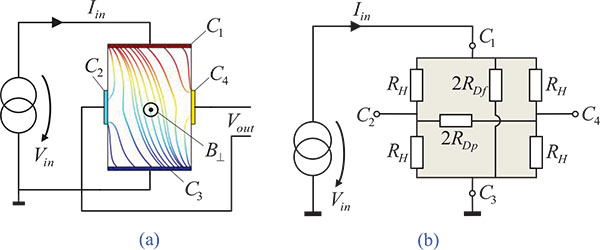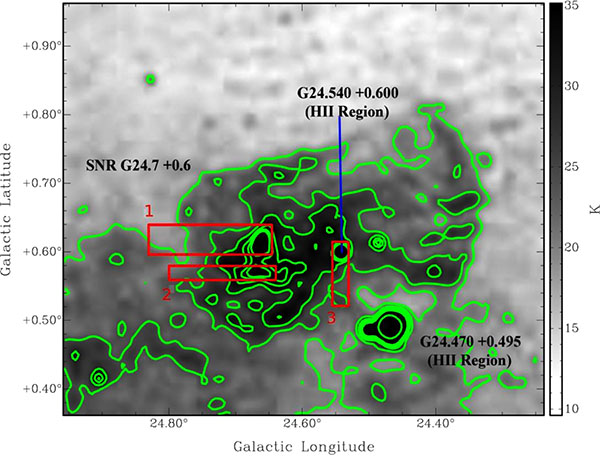RESEARCH ARTICLE
Timelike vs Spacelike DVCS from JLab, Compass to Ultraperipheral Collisions and AFTER@LHC§
H. Moutarde1, B. Pire2, F. Sabatié1, L. Szymanowski*, 3, J. Wagner3
Article Information
Identifiers and Pagination:
Year: 2014Volume: 1
Issue: Suppl 1: M8
First Page: 57
Last Page: 61
Publisher Id: PHY-1-57
DOI: 10.2174/1874843001401010057
Article History:
Received Date: 15/6/2013Revision Received Date: 27/9/2013
Acceptance Date: 2/10/2013
Electronic publication date: 31/12/2014
Collection year: 2014
open-access license: This is an open access article licensed under the terms of the Creative Commons Attribution Non-Commercial License (http://creativecommons.org/licenses/by-nc/3.0/) which permits unrestricted, non-commercial use, distribution and reproduction in any medium, provided the work is properly cited.
Abstract
Timelike and spacelike virtual Compton scattering in the generalized Bjorken scaling regime are complementary tools to access generalized parton distributions. We stress that the gluonic contributions are by no means negligible, even in the medium energy range which will be studied intensely at JLab12 and in the COMPASS-II experiment at CERN. Ultraperipheral collisions with proton or ion beams may also be used at RHIC and at collider or fixed target experiments at LHC.












